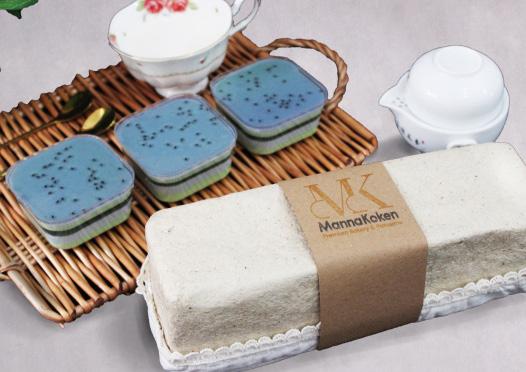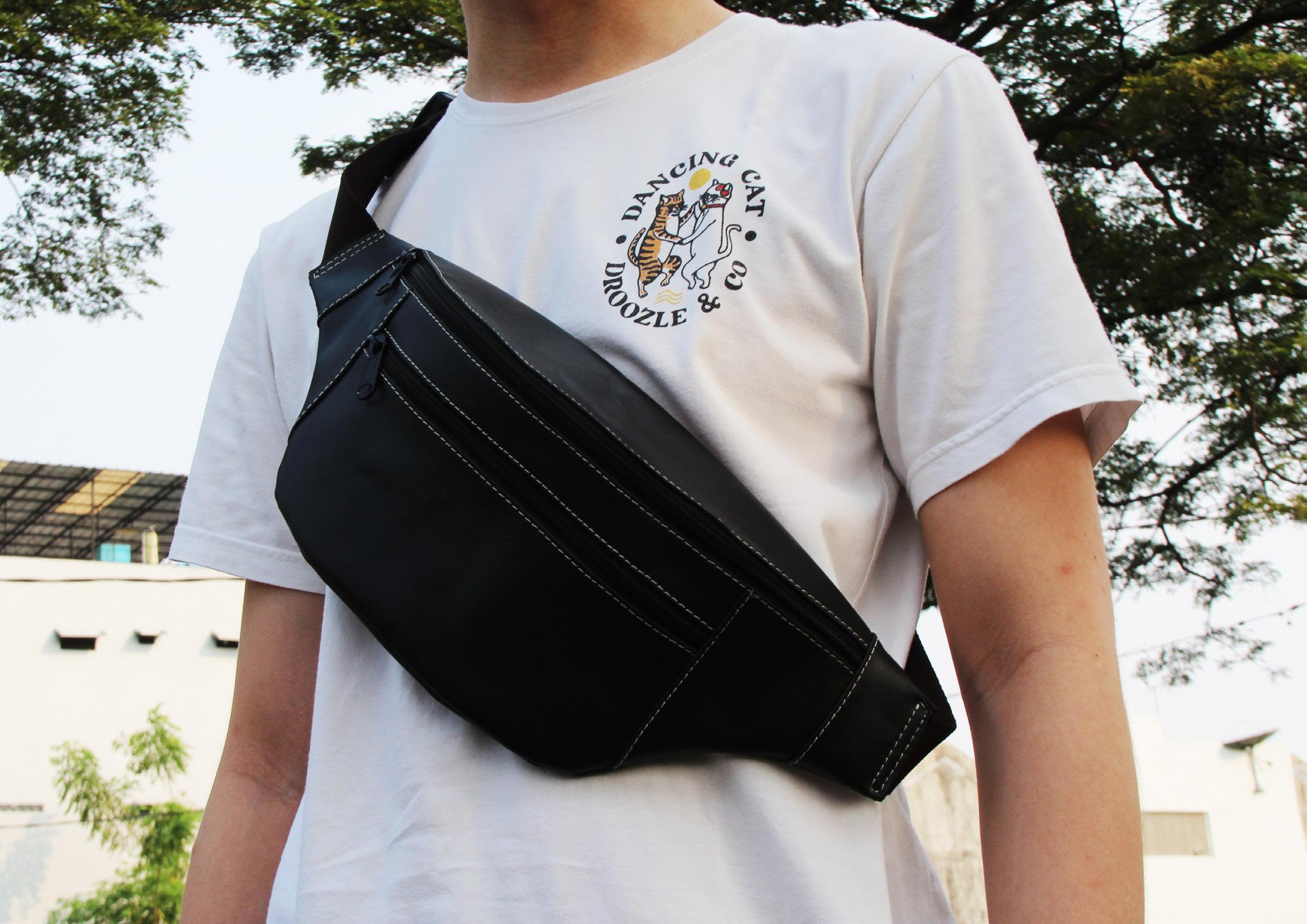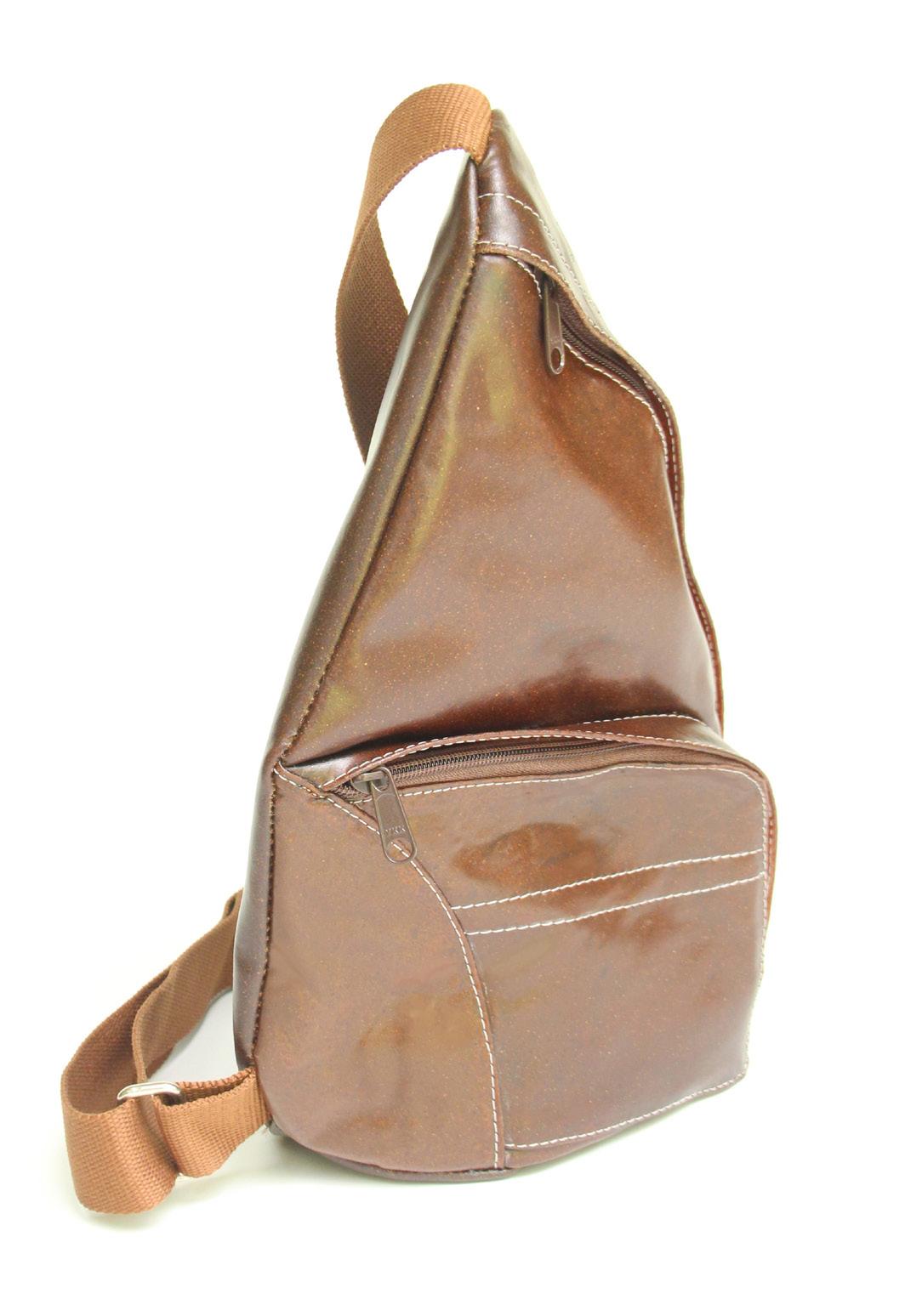
3 minute read
“WHAT IS THE RESULT?”
The output of this research consists of four types of packagings, starting from 16x10x5cm, 27x10x7cm, 25x15x10cm, and 21x21x10cm. Linen fabric is used to cover the inaccuracy of the packaging due to its home industry based manufacturing process. The main color of the fabric in this product is plain white with other color options that can an option that buyers can choose from. Sleeve method is used in this packaging to secure box. The fnal packagings were reviewed to 5 users and it can be concluded that the majority are satisfed with the results there is interest in the approach of environmentally friendly concepts.
From all the processes that have been carried out, from exploration with pineapple fber to the packaging production process, it can be concluded that pineapple fber material is suitable as a substitute for packaging materials that are less environmentally friendly such as plastic and styrofoam. This material can also increase the user’s perception to see that this pineapple fber material can also be used as raw materials of packagings. It can be concluded that a good method used to make packaging from pineapple fber is the Molded Pulp Fiber method by making them into pulp frst and then molded by fltering. Molded Pulp Fiber method has been around for many years and is still used today, but the fber material that is widely used is recycled paper. With the research of packaging based on pineapple fber, it has a great opportunity for the development of environmentally friendly packaging in the future with other fber materials.
Advertisement



CASSAVA
MATERIAL

WHY IS THIS A PROBLEM?
With the development of society, many aspects change how people lived their lives. People are increasingly aware of environmental issues, and with better quality of life and the way people think have changed, where they have been adapting to a more sustainable lifestyle. One of the products still being sought for alternatives is leather products because of their unique properties compared to other materials. Alternative materials in the form of synthetic leather can be made with sustainable raw materials, as has been done by several other companies. One of the raw materials that have the potential to be used is cassava peel, which amounts to roughly 4-5 million tons of waste annually. This cassava peel waste is also very similar in its properties to leather when it is processed into bioplastics. Therefore, cassava peel has the potential to be used as a raw material for sustainable synthetic leather.


IS THERE ANY SOLUTION?
In this process, the goal is to produce a synthetic material that mimics the characteristics of genuine leather. The material are going to be processed as a synthetic leather product as an alternative to genuine leather products. Experiments are held to fnd the best suiting binder which compliments the cassava peel as an ingredient while also producing material with characteristics similar to leather.
With the experimental results of the binder and the ratio of the ingredients that have been carried out, it is proven that the best binder for synthetic leather is gelatin with a measurement of 50 g gelatin, 30 g cassava peel powder, 25 g glycerin, and 300 ml water. The processed materials have fexibility and texture similar to faux leather. However, water is a big problem for the material as it is not waterproof, even after coated hydrophobic coating such as shellac. Another discovery shows that this material will decompose within 7 days when buried. With the versatility of its casting, the pattern texture can also be customized as needed. This material has also successfully been processed into a sling bag with a processing method similar to leather. However, some modifcations are still needed when producing fnal products as the synthetic leather often stays crumpled when not smoothened out immediately.

Result And Conclusion
Based on the results of the exploration and experiments that have been carried out, cassava peel are proven to be able to be made into synthetic leather with characteristics to its genuine counterpart. There are also several important aspects such as quality of ingredients used highly affects the fnal product. This material has been successfully processed and used as a material for leather products such as bags and wallets. However, there are still downsides to the material where it uses gelatin, a food material, which is a primary need. This synthetic leather will be better as a micro-manufacturing project for people to make their material when needed.







WHY WOOD WASTE AND NATURAL ADHESIVES?

Indonesia is renowned for its rapidly expanding wood processing industry. Several steps are involved in its processing. In the procedure, no effort is spared in manufacturing wood waste, also known as residual wood. According to the journal “Analysis of Wood Waste Types” from the Ministry of Industry, there are numerous types of wood waste, including slashes (22.32 percent), wood chips (9.39 percent), and sawdustor wood shavings (8.77 percent ). Moreover, according to the research customer trend 2021 from Euromonitor, people are beginning to shift their thinking and become environmentally conscious and interested in eco-friendly products. As a technique of binding and reinforcing wood waste, synthetic glue or resin is still used in the processing of wood waste. Therefore, this topic is brought up to turn trash into products with economic worth in an environmental friendly way.











